
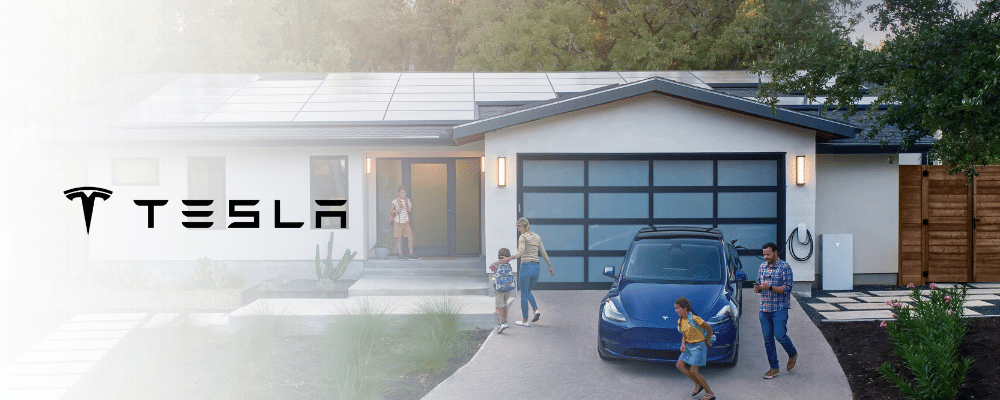
Tesla was founded in 2003 by a group of engineers who wanted to prove that people didn’t need to compromise to drive electric – that electric vehicles can be better, quicker and more fun to drive than petrol cars. Today, Tesla builds not only all-electric vehicles but also infinitely scalable clean energy generation and storage products. Tesla believes the faster the world stops relying on fossil fuels and moves towards a zero-emission future, the better.
For those interested in Tesla solar batteries and Tesla electric vehicles (EVs), integrating solar power into your lifestyle with a Tesla Powerwall and Tesla Wall Connector might be a way to achieve both clean energy and convenient charging. Energy Matters offers a pathway to explore this synergy further, providing an opportunity to incorporate clean and efficient energy solutions into your journey toward a more sustainable future. Get your FREE solar quotes here.
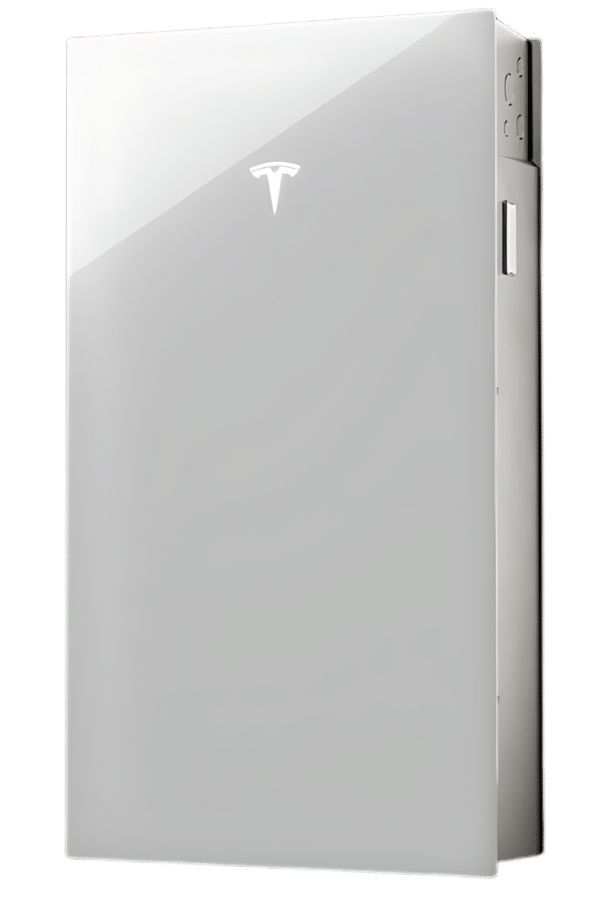
Tesla’s Powerwall 3, set to release by the end of 2024, promises significant upgrades over its predecessor, the Powerwall 2. The Powerwall 3 offers a storage capacity of 13.5 kWh and boasts a continuous power output of 11.5 kW both on-grid and in backup mode. This marks a notable improvement from the Powerwall 2, which provided only 5.8 kVA of continuous on-grid power and 10 kW peak backup power. Additionally, the new model includes a fully integrated solar inverter and six solar inputs with Maximum Power Point Trackers, enhancing efficiency and ease of installation. These features make the Powerwall 3 particularly appealing for those looking to power their homes and electric vehicles comprehensively during outages and ensure energy independence with solar energy production.
One of the standout aspects of the Powerwall 3 for the Australian market is its compact design and increased efficiency. The unit is slightly smaller in footprint compared to the Powerwall 2, measuring approximately 110 cm by 61 cm, but it is deeper and heavier, weighing around 130 kg. The new design and integrated components make installation faster and more straightforward, although it also means that the Powerwall 3 is not compatible with previous Powerwall models or other solar inverters. Customers can stack up to three Powerwall 3 units together for a total storage capacity of 40.5 kWh. Despite this, the Powerwall 3’s higher efficiency and advanced features are expected to make it a strong contender in the Australian home energy storage market.
The fully integrated Tesla Powerwall 2 is revolutionising the way Australian homes harness and store energy. Designed to complement solar energy systems, this cutting-edge AC home battery provides a sustainable and reliable power solution. With a sleek and compact design, the Powerwall 2 seamlessly integrates into homes, offering a powerful energy storage capacity of 13.5 kWh.
In Australia, where solar energy is abundant, Powerwall 2 plays a crucial role in maximising the utilisation of clean, renewable resources. During periods of sunlight, the Powerwall 2 stores excess energy generated by solar panels, ensuring that households have a continuous and independent power supply even when the sun isn’t shining. This is particularly beneficial during peak demand times or when faced with unexpected power outages.
One of the standout features of the Powerwall 2 is its ability to provide backup power in the event of grid failures, safeguarding Australian homes against disruptions. This is especially valuable in regions prone to extreme weather conditions, ensuring households maintain essential services and remain connected.
Additionally, the Powerwall 2 enables homeowners to take control of their energy consumption patterns through its intuitive mobile app. Users can monitor and manage energy usage in real-time, optimising their system for maximum efficiency and cost savings. With its impressive performance and eco-friendly attributes, the Tesla Powerwall 2 is undeniably a game-changer for Australian homes seeking sustainable, reliable, and self-sufficient energy solutions.
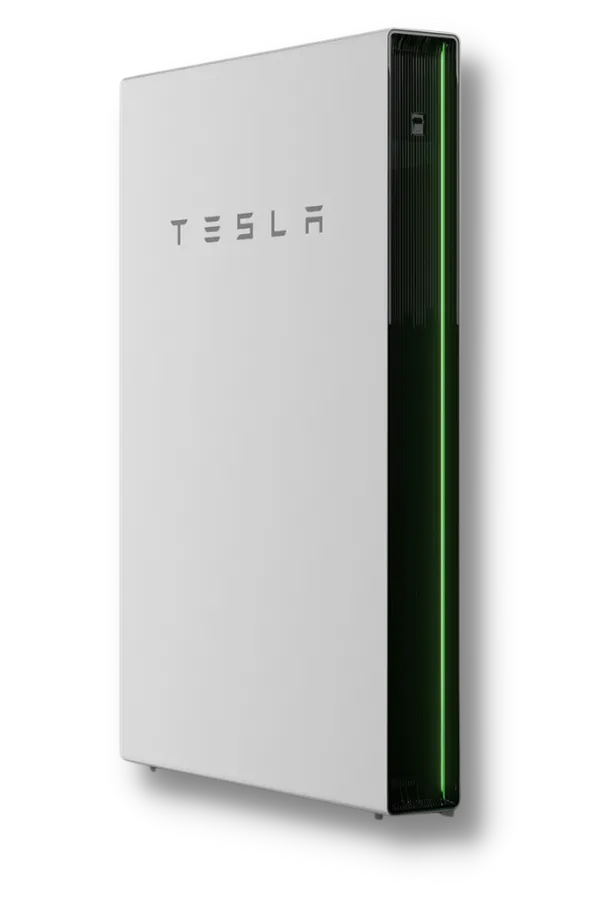
AC Voltage (Nominal): 230 V
Feed-In Type: Single Phase
Grid Frequency: 50 Hz
Total Energy: 14 kWh
Usable Energy: 13.5 kWh
Real Power, max continuous: 5 kW (charge and discharge)
Apparent Power, max continuous: 5 kVA (charge and discharge)
Maximum Supply Fault Current: 10 kA
Maximum Output Fault Current: 32 A
Power Factor Output Range: +/– 1.0 adjustable
Internal Battery DC Voltage: 50 V
Round Trip Efficiency: 90%
Operating Temperature: -20°C to 50°C
Warranty: 10 years
Dimensions: 1150 mm x 753 mm x 147 mm
Weight: 114 kg
Mounting options: Floor or wall mount
Owning a Tesla Powerwall can provide numerous benefits to homeowners in Australia. From reducing electricity bills to increasing energy independence and reducing your carbon footprint, the Powerwall is a smart home solution worth considering. With its advanced energy management and monitoring features, it is a valuable investment that can increase the value of your home and provide peace of mind during power outages.
The primary advantage of owning a Tesla Powerwall is its ability to reduce electricity bills. The Powerwall stores solar energy generated by your solar panels during the day and uses it to power your home at night. With the Powerwall, you can significantly reduce your reliance on the grid, which means you’ll buy less electricity from your energy provider. As a result, you’ll save money on your monthly electricity bills.
By installing a Tesla Powerwall, you can become more energy-independent. You’ll be less reliant on the grid for your energy needs, which means you’ll have more control over your power supply. This is particularly useful during power outages or when grid power is unreliable. The Powerwall ensures that your home has a constant supply of energy, even during emergencies.
Tesla Powerwall is an environmentally friendly solution that helps you reduce your carbon footprint. It stores excess solar energy produced during the day, which can be used to power your home at night. This reduces the energy you consume from the grid, often generated using fossil fuels. By using solar energy stored in the Powerwall, you’re contributing to a cleaner, greener environment.
Installing a Tesla Powerwall can increase the value of your home. As more Australians become aware of the benefits of clean and renewable energy, homes with solar panels and battery storage systems are becoming increasingly popular. If you decide to sell your home in the future, installing a Tesla Powerwall can make it more attractive to potential buyers.
Tesla solar battery has an app that allows you to monitor your energy usage and production in real time. You can see how much energy your solar panels produce and your home consumes. This data helps you make informed decisions about how and when to use energy in your home. You can also set up alerts when your Powerwall is running low or there’s a power outage.
In addition to comprising state-of-the-art components and backed by a solid 10-year warranty, Powerwall has several features crucial in a top-quality home battery for Australian conditions.
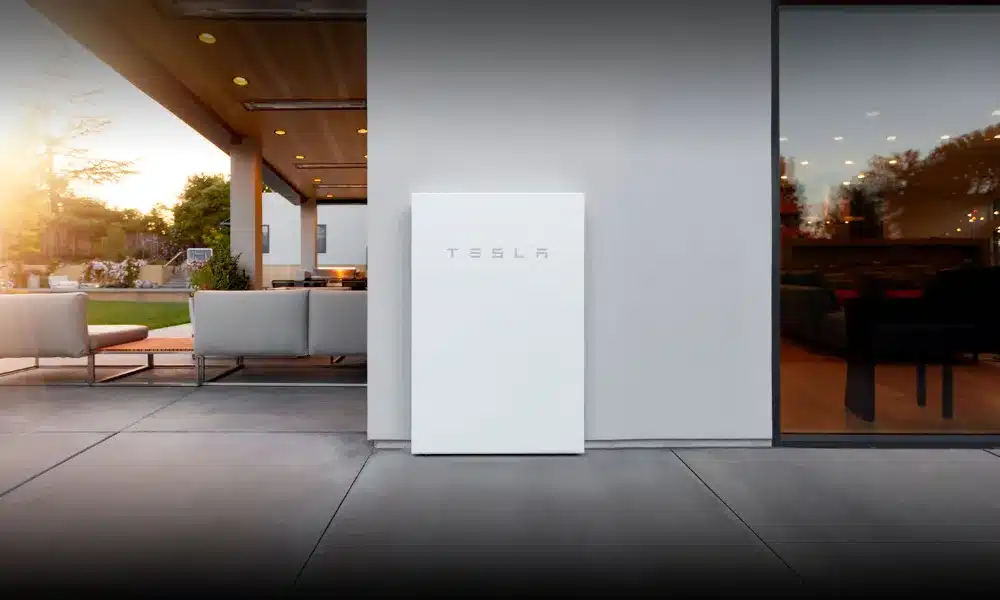
If you are considering investing in a Tesla Powerwall, it is important to conduct a cost-benefit analysis to determine whether it is a good investment for your specific needs. With its ability to store excess energy, provide backup power, and potentially save thousands of dollars in electricity costs, the Tesla Powerwall can be a worthwhile investment for many households and businesses in Australia.
First, let’s talk about the cost of the Tesla solar battery. How much is a Tesla solar battery in Australia? The cost of a Tesla Powerwall starts at around $16,230, which includes installation. This may seem like a steep price tag, but it is important to consider the long-term savings that the Powerwall can provide.
One of the primary benefits of the Tesla Powerwall is that it allows homeowners and businesses to store excess energy generated by their solar panels. This stored energy can be used when the sun isn’t shining, reducing reliance on the grid and lowering electricity bills. In addition, the Powerwall can provide backup power during blackouts, ensuring that essential appliances and devices remain operational.
To determine whether the Tesla solar batteries are worth the investment, we need to look at the potential savings it can provide over time. According to Tesla, a single Powerwall can provide up to 13.5 kilowatt-hours of energy storage to power a home daily. This means that homeowners can potentially save money on their electricity bills by using stored energy during peak usage times.
In addition, the Tesla Powerwall comes with a 10-year warranty, which means it can provide long-term savings for homeowners and businesses. Over the course of 10 years, the Powerwall can potentially save thousands of dollars in electricity costs.
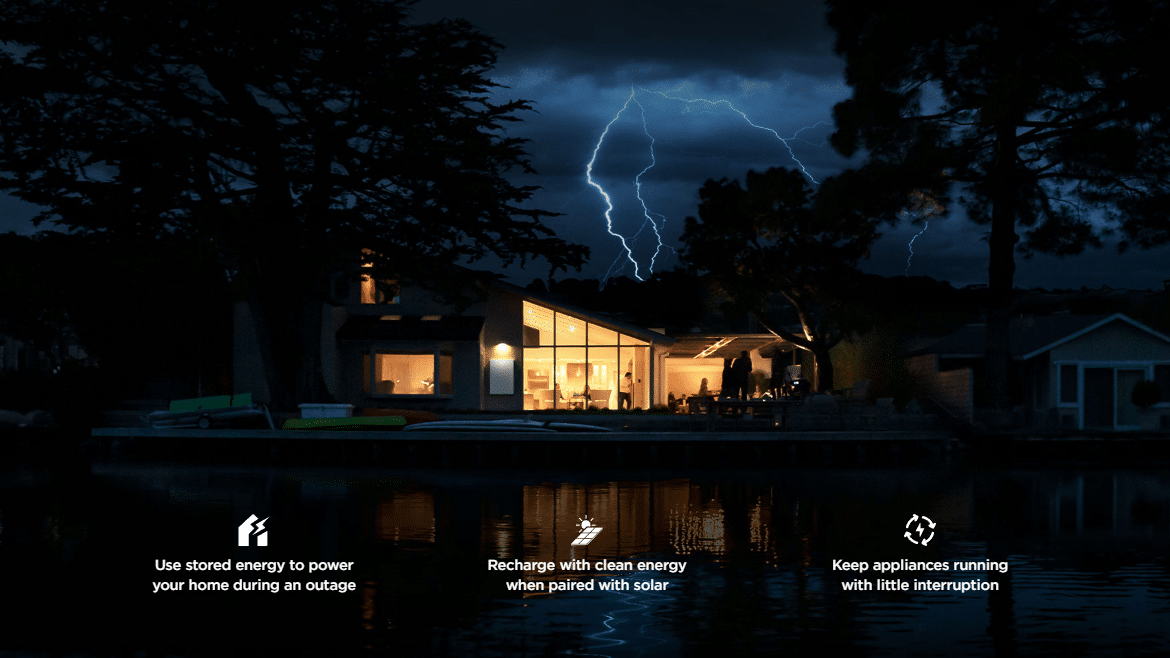
Another factor to consider when deciding whether the Tesla Powerwall is worth the investment is the availability of government rebates and incentives. In Australia, the government offers a range of rebates and incentives for households and businesses that invest in renewable energy solutions like the Tesla Powerwall. These rebates and incentives can help to offset the initial cost of the Powerwall and provide even greater long-term savings.
The Tesla Powerwall can be a worthwhile investment for homeowners and businesses in Australia, particularly those that rely on solar energy. While the initial cost may seem high, the long-term savings that the Powerwall can provide make it a cost-effective solution for reducing electricity bills and providing backup power.
If you live in Australia and are considering a Tesla Powerwall for your home, here are some tips to help you maximise its performance with solar panels. By following these tips, you can maximise the performance of your Tesla Powerwall and enjoy the benefits of renewable energy for years to come.
The type and quality of solar panels you install can have a significant impact on the performance of your Tesla Powerwall. To ensure optimal performance, choose high-quality solar panels compatible with the Tesla Powerwall. Your solar installer can help you select the right panels for your home and energy needs.
The positioning of your solar panels can also affect the amount of energy they generate. Your solar installer can help you determine the best position for your panels based on your location, roof orientation, and other factors.
Visit our page to learn more about which direction solar panels should face in Australia.
Tesla offers two sizes of Powerwall – a 13.5 kWh battery and a 13.5 kWh battery with a backup gateway.
The size you choose will depend on your energy needs and how much solar energy you generate. If you generate a lot of solar energy and want to maximise your energy independence, you may want to consider a larger Powerwall. However, a smaller Powerwall may be sufficient if you have lower energy needs or are connected to the grid.
To maximise the performance of your Tesla Powerwall, it’s important to monitor your energy usage and adjust your settings accordingly. Tesla’s mobile app allows you to monitor your Powerwall’s performance, track your energy usage, and adjust your settings from anywhere. By monitoring your energy usage, you can optimise your settings to ensure you use the maximum amount of solar energy possible.
Many energy providers in Australia offer time-based pricing, meaning the electricity cost varies depending on the time of day. By programming your Tesla Powerwall to charge during off-peak hours and discharge during peak hours, you can save money on your electricity bill and maximise your use of solar energy.
Tesla Powerwall has 13.5 kWh of usable energy storage capacity and an output capability of 7kW peak and 5kW continuous.
The battery has a 90% round-trip efficiency. Up to ten batteries may be installed together at one property, for homes or small/medium businesses with greater energy needs.
The wall or floor mounted system enables Powerwall units to be “stacked” using a special frame.
Older generations of deep-cycle (home) batteries can be dangerous in the hands of inexperienced users. This is because they are bulky, expensive to install and difficult to maintain.
In contrast, Powerwall’s lithium-ion battery use Tesla’s proven technology to power your home safely and economically. And it requires no maintenance!
The system is “touch-safe”, with no live wires or bulky vents.
Tesla leads the way with aesthetics, but don’t let its streamlined good looks fool you. The enclosure has a rating for outdoor as well as indoor installations. It can handle whatever Australian conditions throw at it.
The Tesla Powerwall is the Tesla home battery and lite commercial solution. The Megapack is available for business and commercial use.
The Megapack effectively and securely stores energy for the grid, obviating the necessity for gas peaker plants and mitigating the risk of power outages. Each individual unit has the capacity to store more than 3.9 megawatt-hours (MWh) of energy, sufficient to supply power to an average of 3,600 homes for one hour.
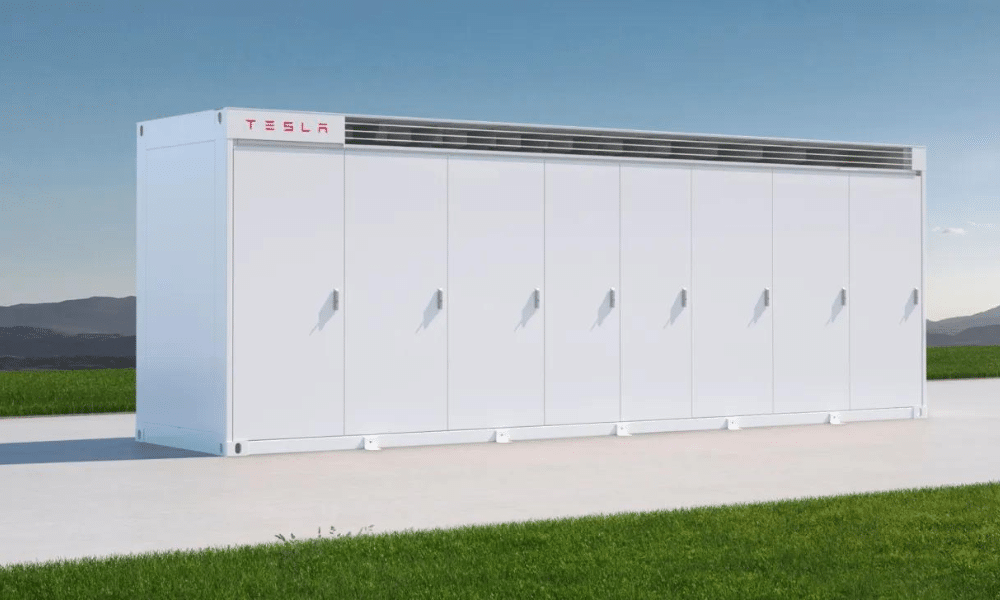
Monitor your solar electricity use in real-time from your iPhone or Android smart mobile device via the Tesla App.
The Tesla Powerwall 2 can be added to your existing solar system. This is thanks to its in-built DC-AC inverter. A separate battery inverter is not required.
The Tesla Wall Connector, now available in Australia, redefines home charging for Tesla owners. Offering unparalleled speed and efficiency, it stands as the optimal solution for swiftly replenishing your electric vehicle’s battery. Seamlessly meeting the charging needs of households with multiple Tesla cars, the Wall Connector enables simultaneous charging, ensuring that each vehicle receives the necessary power without compromise.
Embracing cutting-edge technology, the Tesla Wall Connector in Australia is equipped with Wi-Fi connectivity, allowing it to stay current with the latest features through over-the-air firmware updates. This ensures that Tesla owners Down Under consistently benefit from advancements in charging capabilities and user experience. As Australia embraces the electric revolution, the Tesla Wall Connector emerges as an essential component, seamlessly integrating into the modern lifestyle of sustainable transportation. Charge your Tesla at home with unmatched speed, efficiency, and convenience with the Tesla Wall Connector in Australia.
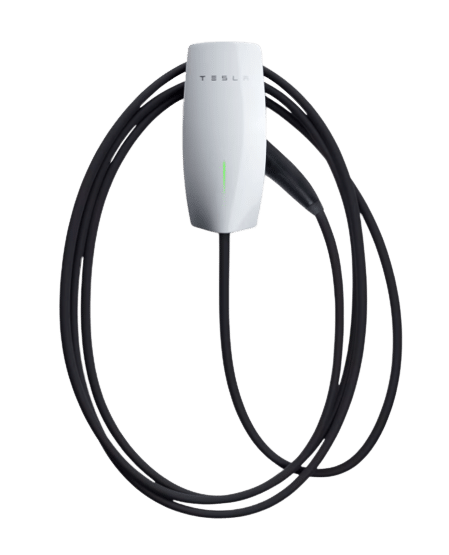
Voltage and Wiring: 1-phase 230 V L-N, 3-phase 230 V L-L, 3-phase 400 V L-L
Current Output Range: Maximum 32 A (adjustable by installer)
Cable Length: 7.3 m
Dimensions: Height: 345 mm, Width: 155 mm, Depth: 110 mm
Wire Box Bracket Dimensions: Height: 250 mm, Width: 120 mm, Depth: 50 mm
Weight (including wirebox): 6.8 kg (15 lb)
Operating Temperature: -30˚C to 50˚C
Storage Temperature: -40˚C to 85˚C
Enclosure Rating: IP 44
Ventilation: Not required
Wi-Fi: 2.4 GHz
Warranty: 2 years
| Wall Connector | Charge Speed: Kilometers of range per hour of charge | ||||
|---|---|---|---|---|---|
| Circuit breakers (phase + amps) | Output power (kW) | Model S (km/h) | Model 3* (km/h) | Model X (km/h) | Model Y* (km/h) |
| 3phase 16A | 11kW | 60 | 75 | 54 | 75 |
| Single phase 32A | 7.4kW | 38 | 50 | 34 | 50 |
| Single phase 16A | 3.5kW | 19 | 25 | 17 | 25 |
| Single phase 10A | 2.3kW | 13 | 15 | 11 | 15 |
*Model 3 RWD and Model Y RWD max charge rates on a 400 V Three-phase power supply are 16 amps (11 kW)
Interested in Tesla products? Take a closer look with the help of Energy Matters’ reviews:
Subscribe today to keep up to date with all things renewable, get the latest news, and receive fantastic deals.









Serving Canberra, ACT; Sydney, NSW; Melbourne, Victoria; Adelaide, SA; Perth, WA; Brisbane, Queensland; Hobart, Tasmania; most Australian cities and regional areas including Gold Coast, QLD and Newcastle, NSW.
© 2005-2024 Energy Matters | ACN: 632 317 545 | ABN: 41 632 317 545